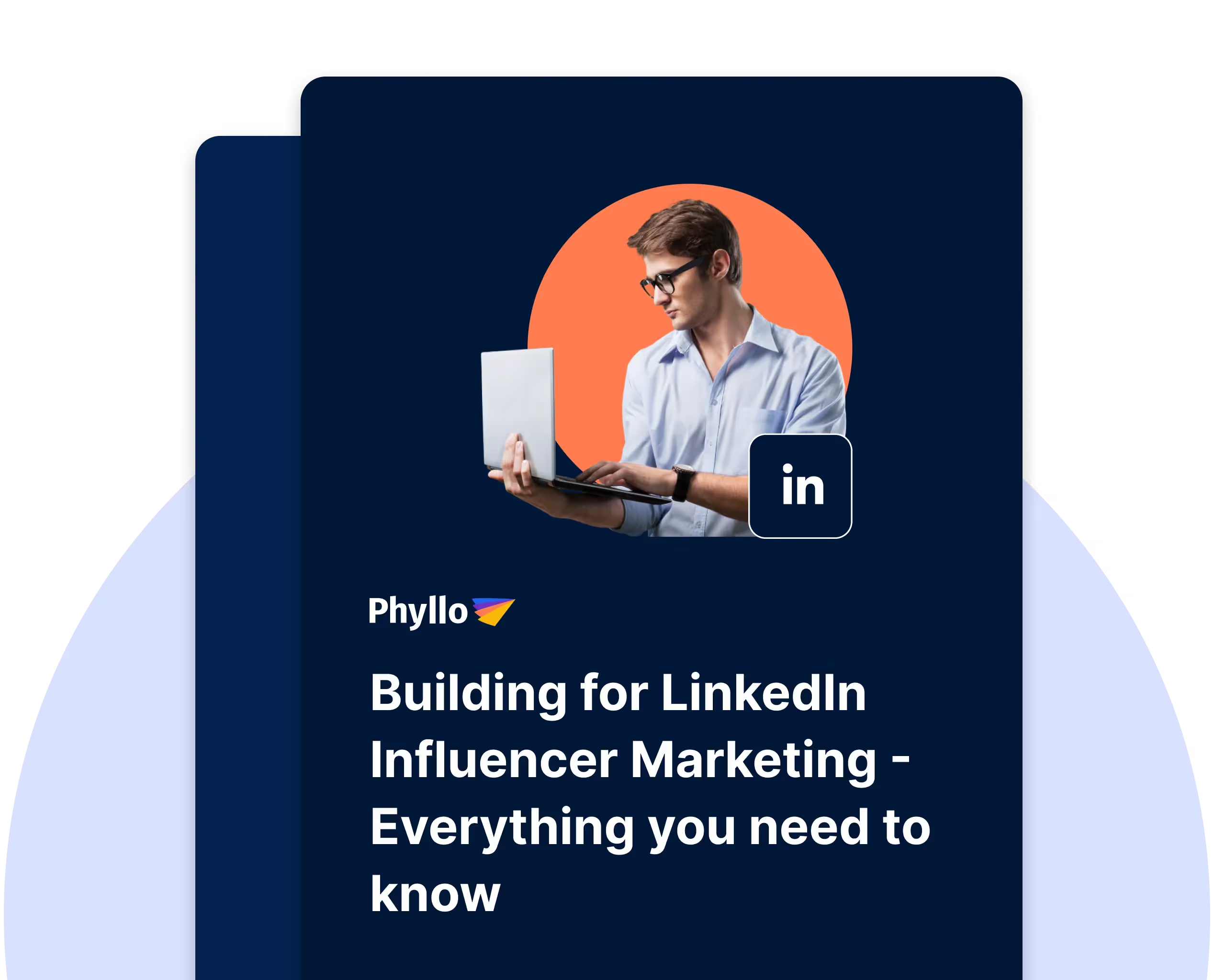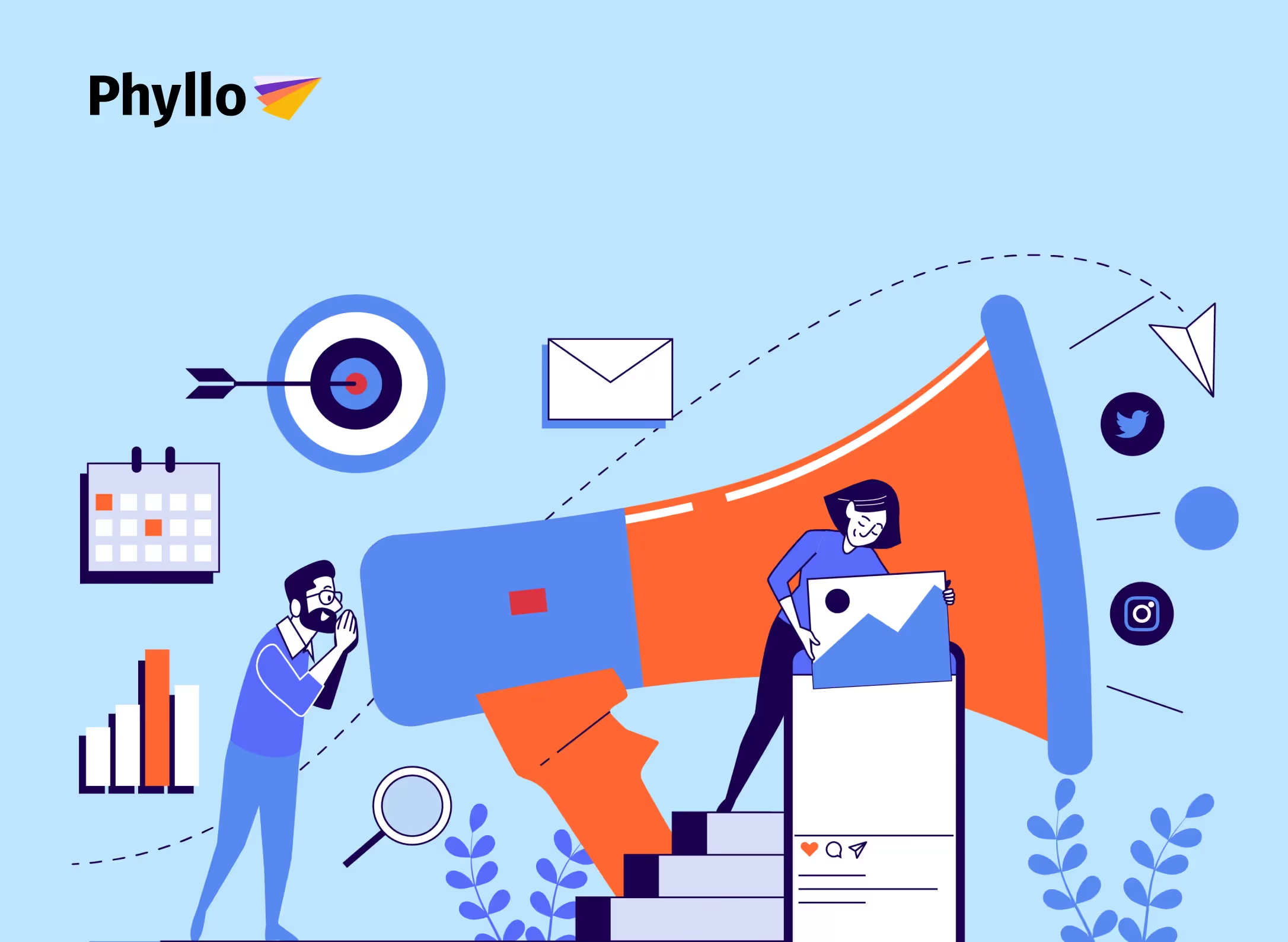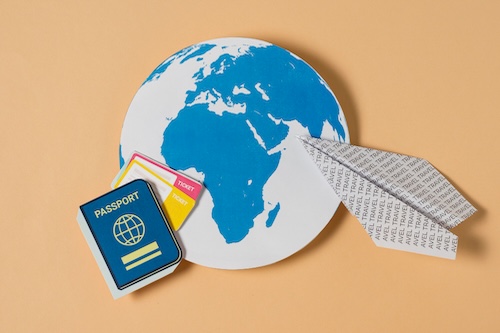Phasing out third-party cookies is a significant step forward for user privacy, as it limits the amount of user information that websites can track and share. However, this change poses challenges for digital advertisers who have depended on these cookies for targeted advertising.
Despite these challenges, the end of third-party cookies doesn't spell the end for targeted digital marketing. Emerging solutions such as zero-party data and Federated Learning of Cohorts (FLoC) provide digital marketers with new methods and tools to reach their audience effectively.
You might be asking, "How can I prepare for a post-cookie world?" The key is to adapt your company's B2B marketing plan before early 2024. Fortunately, we will guide you on how to develop a robust cookieless marketing strategy to ensure you're ready.
But first, let's explore why third-party cookies are being phased out and what implications this has.
Why Are Third-Party Cookies Disappearing?
Google initially planned to phase out third-party cookies in 2022, but extended the timeline to give developers, advertisers, regulators, policymakers, and other stakeholders more time to adapt. By 2024, Google Chrome will finally eliminate third-party cookies.

This shift isn't unprecedented; browsers like Safari and Firefox ceased using third-party cookies long ago. However, Google's decision significantly impacts B2B marketing due to Chrome's dominance, holding 63.47 percent of the global browser market share as of August 2023.
Google's strategy involves blocking third-party cookies for 1 percent of Chrome users in Q1 2024, aiming to extend this to all users by Q4 2024.
So, why are browsers making these changes? While we'll delve into the specifics next, the primary reasons are growing consumer resistance to third-party tracking and evolving cookie regulations.
First-Party Cookies Stay, but Third-Party Cookies Go
Before diving into why third-party cookies are disappearing, let's understand why first-party cookies will still be around.
Browsers utilize around eight types of cookies, but first-party and third-party cookies are the most significant. First-party cookies track user information, such as login credentials and language settings, enhancing users’ browsing experience and enabling authentication.
In contrast, third-party cookies track user behavior across multiple sites, with data collected by organizations other than your own. This data is then used in digital advertising for targeted marketing.
Once Google phases out third-party cookies, you'll lose access to third-party customer data critical for targeted advertising campaigns. This will necessitate a greater reliance on first-party cookies and effective methods to obtain user consent.
Why Are Google Chrome and Other Browsers Eliminating Third-Party Cookies?
Here are three primary reasons:
Consumer Privacy Concerns
Most internet users are concerned about who has access to their data. A Deloitte study found that 65 percent of internet users worry about online tracking and its impact on their data privacy. Additionally, trust in big tech companies is low; a survey revealed only 7.5 percent of people trust Google with their personal information.
While third-party cookies enhance digital advertising efficiency, they require tracking across numerous sites, often collecting sensitive personal data like sexual orientation, political affiliation, and medical history. In case of a data breach, such information could be exposed.
Regulatory Changes
Legislators and regulators worldwide are increasingly focused on data privacy, leading to stringent regulations on third-party data collection. Key regulations include:
- General Data Protection Regulation (GDPR) by the European Union (EU)
- California Consumer Privacy Act of 2018 (CCPA) by the state of California
These laws impose severe penalties on companies violating user privacy, prompting browser vendors to disable third-party cookie support. Now, companies must obtain user consent before collecting, storing, and selling personal data.
Even companies outside the EU and California must comply with GDPR and CCPA if they meet certain criteria. GDPR applies to any company outside the EU that:
- Has an office, branch, or employee in the EU
- Sells goods and services to EU residents
- Targets EU residents with monitoring activities such as cookie tracking, market surveys, and behavioral advertising
CCPA applies to companies outside California if they:
- Sell over $25 million worth of goods and services to California residents annually
- Collect personally identifiable information from 50,000 or more California residents for commercial purposes
Browser Updates and Ad-Blocking Extensions
Websites can still function without third-party cookies, and browsers can retire them without compromising the browsing experience. For instance, Firefox’s Enhanced Tracking Protection and Safari’s Intelligent Tracking Prevention block more third-party cookies with each update.
Internet users can also avoid cookie tracking with ad-blocking extensions and privacy-conscious search engines like DuckDuckGo. Ad blockers prevent third-party cookies from being installed on users’ devices.
According to a report by GWI, the global average of people using ad blockers was 35.7% in 2022, with 41.6% of those users citing privacy protection as their primary reason!
Cookieless Marketing: Time to Panic?
Eliminating third-party cookie tracking is likely beneficial for user privacy, but it presents challenges for B2B marketers who rely on individualized customer data for personalized marketing campaigns. Third-party data has been essential for crafting targeted emails, ads, content, and offers. Without it, tracking user behavior online becomes more difficult.
The new cookieless era puts B2B marketers under significant pressure. While personalized ads are valuable to B2B customers, these customers also prioritize data privacy, forcing marketers to find innovative ways to deliver personalized ads without compromising privacy.
Thankfully, cookieless marketing is not only possible but also offers several benefits. Despite the loss of crucial third-party data, there are numerous advantages to be gained in this new landscape.
How to Tackle the Cookieless Era: Solutions for B2B Marketers
As we shift away from third-party cookies, B2B marketers must adopt new strategies and tools to maintain effective personalized marketing. Here are some solutions to help navigate this transition:
Leverage First-Party Data
First-party data, collected directly from your audience through interactions on your own platforms, becomes invaluable in a cookieless world. This data includes information from website analytics, customer feedback, purchase history, and subscription details. By effectively utilizing first-party data, you can continue to create personalized experiences without relying on third-party cookies.
Invest in Zero-Party Data
Zero-party data is information that customers voluntarily share with you, such as preferences, interests, and feedback. This data is highly accurate and can be used to tailor marketing efforts directly to customer needs and desires. Engaging customers through surveys, polls, and interactive content can help gather this data.
Contextual Targeting
Contextual targeting involves placing ads based on the content of a web page rather than user behavior. By analyzing the themes and topics of content that users engage with, you can serve relevant ads without needing to track individual users across sites.
Customer Data Platforms (CDPs)
CDPs centralize customer data from various sources into a single platform, enabling a unified view of the customer. This comprehensive data collection and management approach allows for better segmentation and personalized marketing strategies without relying on third-party cookies.
Introducing Phyllo’s Measurement API: A Game Changer for Cookieless Marketing
One powerful tool to consider is Phyllo’s Measurement API, which offers advanced capabilities that can significantly aid in a cookieless marketing environment. Here’s how it can help:
Multi-Touch Attribution
Phyllo’s Measurement API excels in multi-touch attribution, allowing marketers to understand the impact of each digital channel and touchpoint in the consumer journey. This detailed insight helps in accurately measuring the effectiveness of marketing campaigns without relying on third-party cookies.
Website Analytics
Phyllo’s API provides insights into how influencers drive traffic to a brand’s site, bypassing ad-blockers. This ensures that even with reduced third-party data, you can still track and analyze web traffic effectively.
Comprehensive Data Collection
Phyllo’s suite includes various APIs that collectively offer extensive data points:
- Attribution APIs: Track the success of marketing campaigns by integrating data from multiple touchpoints.
- Topics APIs: Understand which topics are driving engagement and conversions.
- Audience APIs: Gain insights into your audience demographics and behavior.
- Campaign Links and Promo Codes: Track the performance of specific campaigns and promotions, identifying which influencers and channels are most effective.
Device and Network Insights
Understanding how customers use different devices and interact across various networks is crucial. Phyllo’s API ensures that you can track these interactions, providing a complete picture of the customer journey even without third-party cookies.
Enhanced Attribution Models
Phyllo’s approach to attribution uses different models to determine the most important touchpoints in the customer journey. This flexibility allows you to adapt your marketing strategies to the new cookieless environment, ensuring that you can still measure and optimize your campaigns effectively.
Conclusion
Transitioning to a cookieless world requires B2B marketers to adapt and innovate. By leveraging first-party and zero-party data, utilizing contextual targeting, and employing advanced tools like Phyllo’s Measurement API, you can continue to deliver personalized and effective marketing campaigns while respecting user privacy and complying with new regulations.










